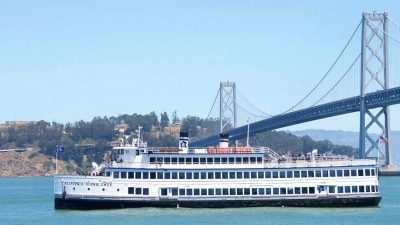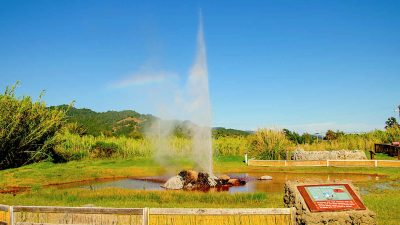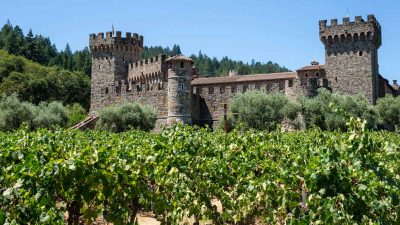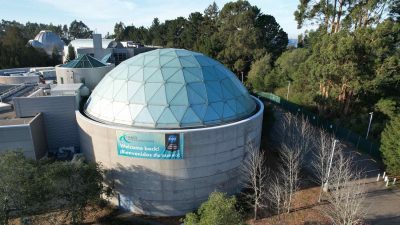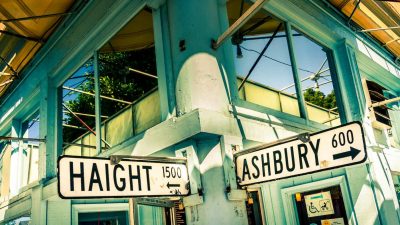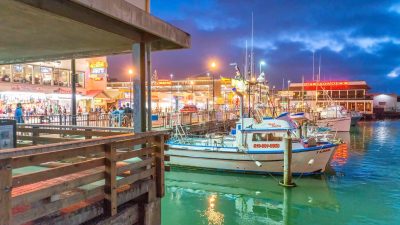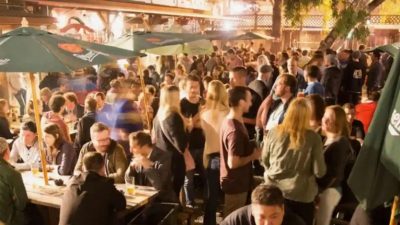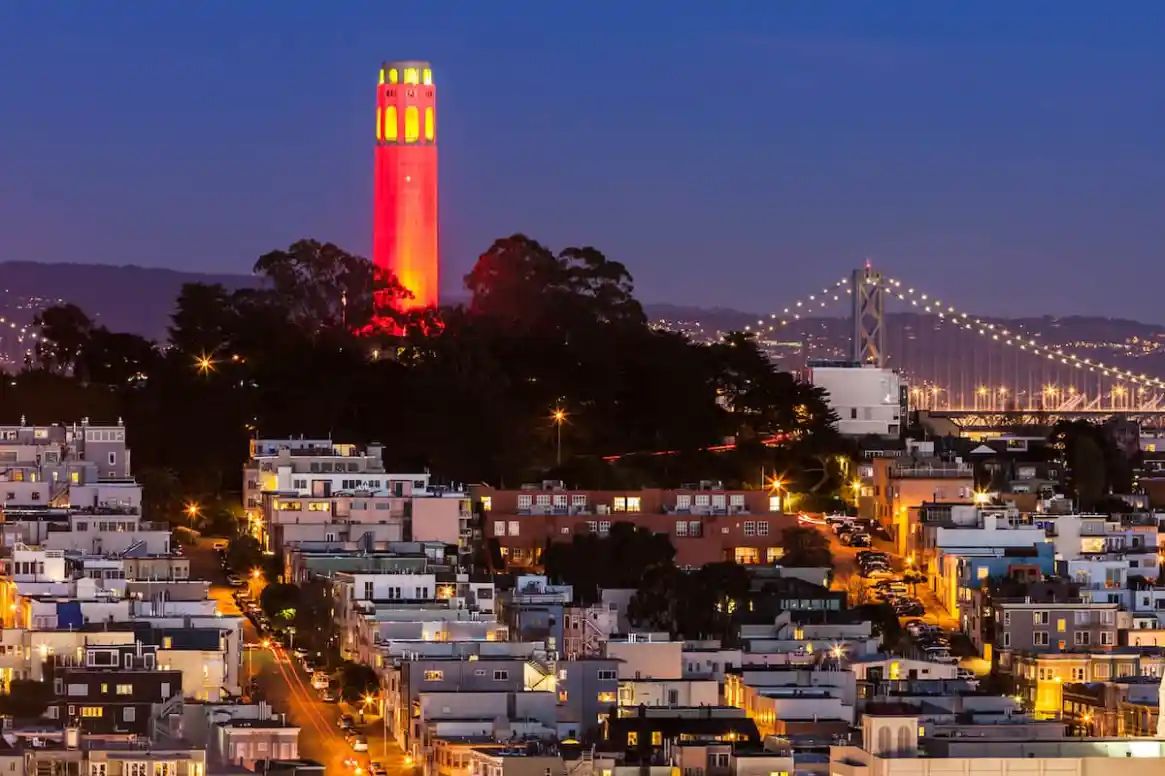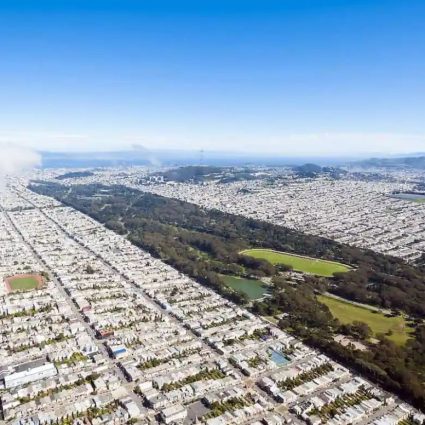
Overview
The ever-changing skyline of San Francisco has seen a lot of changes over the past decade, however there are some iconic attractions that will forever be included, no matter how much they are dwarfed by the new Salesforce building. The earthquake-friendly Transamerica Building, The Bay Bridge, The Golden Gate Bridge and Coit Tower will always hold a place in people’s hearts as they gaze at the beautiful city by the bay.
Coit Tower Details
At only 210 feet, Coit Tower doesn’t even get close to being on the list of tallest buildings in San Francisco, however its placement on top of the 285 ft Telegraph Hill, high above North Beach, allows for prime placement in the San Francisco skyline. The unassuming tower may not look like much at first glance, but there is a lot more than meets the eye. Coit Tower was opened in 1933, but the motivation for the tower started back in the mid 1800s. Built using a donation by Lillie Hitchcock Coit, The Tower was dedicated to all of the volunteer fireman who died as a result of San Francisco’s five fires, including the Great Fire of 1849 and the San Francisco Earthquake and Fire of 1906. Although the tower does have a striking resemblance to a fire hose nozzle, which would make sense considering the dedication, Coit claimed it was completely coincidental. Coit tower is a great place to visit, but not only for the views. The observation deck at the top of the tower takes advantage of its prime location on telegraph hill offering 360 degree views of the city. However, inside of the tower, you will find a beautiful surprise. Rather than just seeing cold, concrete walls, the tower is filled with murals painted by 27 different artists. The artwork was called the Public Works Art Project, which was one of the first programs inspired by Franklin D. Roosevelt’s New Deal. Visiting the tower doesn’t cost anything, so you can view the murals for free, however the elevator to the observation deck costs up to $9.
The History of Coit Tower: San Francisco’s Iconic Monument
Among the many iconic landmarks that dot the San Francisco skyline, Coit Tower stands out as an enduring symbol of the city’s rich history and cultural identity. Rising 210 feet high on Telegraph Hill, this distinctive tower offers breathtaking panoramic views of the city and beyond. But behind its visual allure and vantage point, the Coit Tower holds a fascinating history that intertwines with the very story of San Francisco itself.
The Inspiration: Lillie Hitchcock Coit The tower owes its existence to an eccentric and philanthropic woman named Lillie Hitchcock Coit, a wealthy socialite who was renowned for her love of the San Francisco Fire Department. Lillie was a notable character in San Francisco society, known for her penchant for wearing trousers rather than skirts and for her passion for gambling. She developed a special relationship with the city’s firefighters after she helped them pull a fire engine up a hill at the age of 15. When Lillie passed away in 1929, she left a third of her estate—amounting to $125,000—to the city of San Francisco. Her will specified that the money was “to be expended in an appropriate manner for the purpose of adding to the beauty of the city which I have always loved.” The city decided to use this generous endowment to construct the Coit Tower.
Design and Construction The task of designing the tower was awarded to the architect Arthur Brown Jr., known for other important San Francisco structures, including the City Hall. The construction of the tower began in 1932 and was completed in 1933. The tower’s sleek, simple design was a departure from the ornate style popular during the period, favoring an Art Deco aesthetic that resulted in a streamlined, cylindrical form. Many people believe that the tower was designed to resemble a fire hose nozzle in honor of Lillie’s love for the fire department. However, this is more of an urban legend than a historical fact. Brown himself denied any intentional resemblance, stating that the design was purely aesthetic.
The Murals One of the most distinctive features of Coit Tower is the series of murals that adorn its interior. These murals were part of the Public Works of Art Project (PWAP), the first New Deal federal employment program for artists during the Great Depression. The murals were painted by 25 different artists and numerous assistants, and they depict various scenes of life in California during the 1930s. These murals, covering the walls of the tower’s first floor, were controversial when they were first unveiled. Some murals, which depicted the struggles of the working class and critiqued capitalism, were seen as promoting radical and even communist ideals. Despite the controversy, the murals were preserved and are now recognized as significant works of public art.
Coit Tower Today Today, Coit Tower is one of San Francisco’s most popular tourist destinations. Visitors can take an elevator to the observation deck for a panoramic view of the city, or explore the ground-floor lobby to admire the historical murals. The tower also stands as a testament to the city’s resilience, having survived the 1989 Loma Prieta earthquake without significant damage. Coit Tower is not just an iconic landmark; it is a historical monument that encapsulates the spirit of San Francisco. Its unique history, from its funding by a fire-loving socialite to its role in New Deal art, makes it an enduring symbol of the city’s unique character and history.
Related attractions
More Attractions in San Francisco
Planning an event? Add it to the list





